Get the Full Picture of Your Health
We've designed the TrueScan experience to be safe, accurate, and comfortable – with your wellbeing at its core.
An Unparalleld Experience
No Radiation
Our MRI uses magnets – not radiation – to safely scan your entire body.
Precision You Can Trust
We use cutting-edge hardware and custom software protocols to deliver unmatched clarity.
Results That Make Sense
Our reports are easy to understand — so you’re never left wondering what to do next.
Cancer is Caught Too Late

1 in 2 people will develop some form of cancer in their lifetime.
But only 4 types of cancers are recommended for routine screening.

Only 14% of diagnosed cancers are detected by those screenings.

The remaining 86% are caught by accident or symptoms, often too late.
Detecting cancer at Stage I greatly improves the chance of survival. With TrueScan, this is made possible.
Source: Centers for Disease Control and Prevention | NORC at the University of Chicago (2022)
Get the Confidence of Catching Conditions Early
With TrueScan, you can be alerted to conditions years before symptoms arise - and when treatment is most effective. Whether you're looking for peace of mind or actionable insights, TrueScan lets you experience the future of proactive healthcare, today.
*5-year survival of bladder cancer
Source: American Cancer Society
What We Scan for
We screen for hundreds of conditions, including most cancers at Stage I and hidden threats like aneurysms. Some of the conditions we catch are:
Watch Your Favorite Movie or TV Show
Settle in with soft scrubs, noise-canceling headphones, and your pick of Netflix, Youtube, Spotify, and more. A built-in screen lets you watch or listen during your scan — so the time flies by.
Why Get a Scan?
Genetic or Family History
If certain conditions run in your family, a scan can help you stay ahead of them.
Unexplained Symptoms
Not sure what’s going on? A scan can help find answers – or give peace of mind.
Staying Proactive
Routine scans help catch conditions before symptoms – when they’re easier to treat.
Frequently Asked Questions
A TrueScan full body MRI can detect over 500 different conditions in your head, neck, chest, abdomen, pelvis, and legs for: Solid tumors (cancers as early as stage 1) Brain and abdominal aortic aneurysms Neurological conditions Metabolic disorders (e.g. fatty liver disease) Autoimmune disorders (e.g. multiple sclerosis) Spinal injuries or abnormalities Non-cancerous findings (e.g. cysts, hematomas, and hemangiomas)
A TrueScan MRI does not use any harmful radiation or contrast, making it one of the safest imaging procedures available. The scanner is air-conditioned and you will always be in contact with an MRI technologist through a two-way intercom system. The MRI machine will produce thumping and humming noises during your scan. We have an entertainment system that allows you to stream your favorite music, movie, or show during your scan. Before entering the MRI scan room, you will be given an iPad to browse through the most popular platforms to select what you would like to stream. Supported platforms include Netflix, Spotify, Youtube, Youtube TV, and ESPN. With YouTube TV, you can access hundreds of channels. As you get comfortable on the MRI table, you will be provided a pair of audio-equipped, noise-canceling headphones. A large screen in the MRI machine allows you to watch the movie or TV show you selected, all in high-definition.
Many people choose to get a TrueScan full body MRI every 12 months to stay on top of their health or monitor any findings that were identified in previous scans. The radiologist who reads your scan will recommend a return date for a follow up scan according to your results.
Insurance companies do not currently cover full body MRIs. Although full body MRIs can actually benefit insurance companies by helping prevent late-stage disease treatment, it could unfortunately take years before insurance companies recognize the utility of these scans.
CT scans use X-rays (with harmful radiation) to create cross-sectional images of the body, while MRI utilizes powerful magnets and radio waves to generate detailed images without the use of harmful radiation. Since MRIs do not use harmful radiation, they are much more suitable for full body screening as you could perform scans as frequently as needed without increasing the risk of radiation-induced health issues. MRI's superior soft tissue contrast is another major advantage in full body screening. This allows for better detection and characterization of lesions in organs like the brain, liver, and pancreas.The multiparametric capabilities of MRI also provide valuable information in a single exam. Diffusion-weighted imaging (DWI), for example, can help identify malignant lesions throughout the body. However, CT offers faster scan times and superior spatial resolution, which is particularly advantageous for lung screening. The radiation exposure from full body CT is a significant concern, especially for repeated screening exams. In conclusion, both CT and MRI have clinically important roles, but MRI's lack of harmful radiation and superior soft tissue contrast make it an attractive option for comprehensive full body screening, particularly when repeated exams are necessary.
